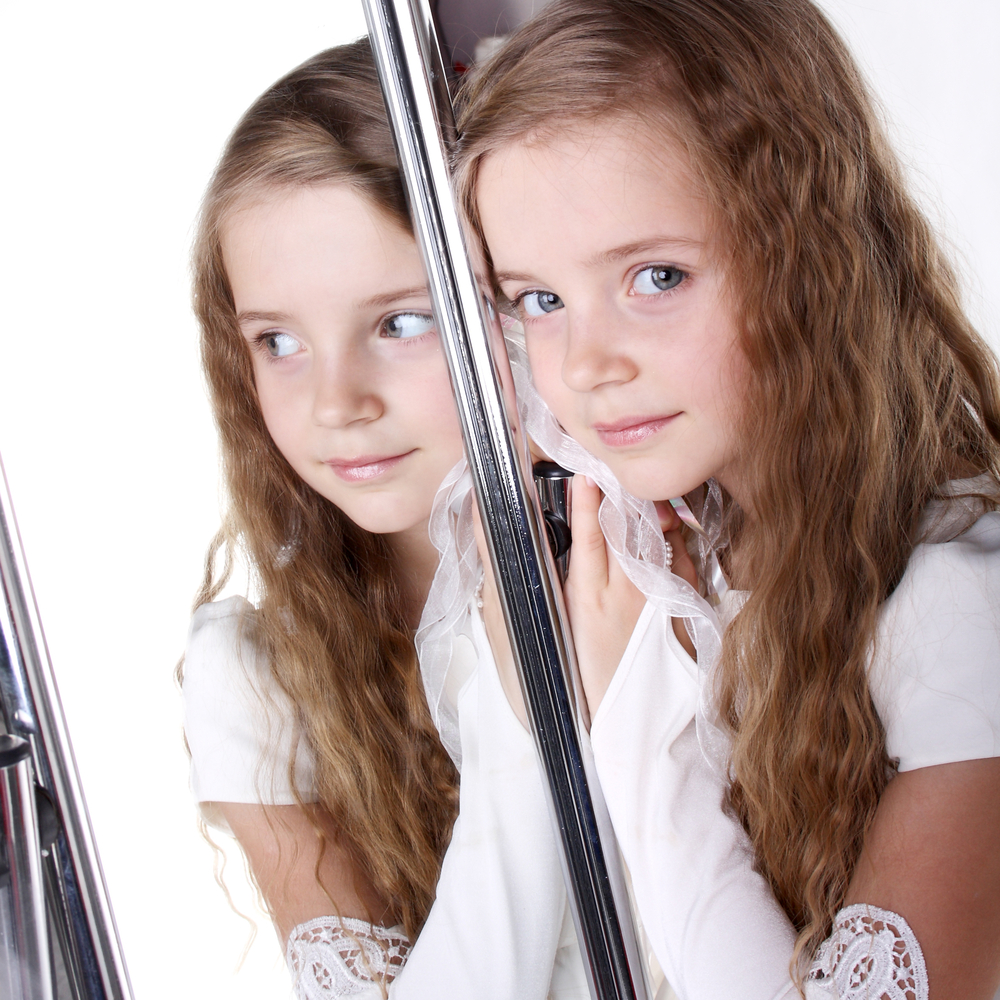Mirror Therapy May Improve Movement in Kids with Cerebral Palsy, Review Finds

Mirror-based intervention therapies improve movement in children with cerebral palsy (CP), according to the results of a new review.
The study, “Systematic Review Of The Effects Of Mirror Therapy In Children With Cerebral Palsy,” published in The Journal of Physical Therapy Science, reviewed several previously published studies reporting the effects of mirror therapy in kids with cerebral palsy to determine whether this type of therapy is beneficial.
Mirror therapy consists of the activation of the mirror neuron system, a network of neurons whose activity occurs when individuals perform specific movements or observe other people performing certain movements. In this therapy, these neurons are activated by the patients, who observed movement of their own upper limb (an empty hand) reflected in a mirror.
It has previously been used in adult patients who suffered a stroke, but whether mirror therapy could improve movement skills in children with cerebral remained to be confirmed.
Researchers reviewed nine studies in which mirror therapy was applied in kids with cerebral palsy, and analyzed the differences among studies regarding the level of evidence, period of research, comparisons and interventions, tools used to measure the intervention, and the effects reported.
They found that one of the nine studies reported no effect of the mirror therapy in cerebral palsy children compared to control subjects. Another study showed a negative effect. But the remaining seven studies showed that mirror therapy demonstrated positive effects in patients by improving hand strength, movement speed, muscle activity, and accuracy of hand matching.
“Mirror-mediated therapy was generally effective in enhancing muscle strength, motor speed, muscle activity, and the accuracy of both hands,” researchers wrote in their report. “However, it also showed that mirror therapy required more time for performing [activities of daily living] with both hands than with one hand.”
The limitations of this review included the small number of studies analyzed and the lack of more statistical analyses.
Researchers called for more studies to confirm the effects of this type of intervention, but believe that their results provide evidence supporting the effectiveness of mirror-mediated therapeutic interventions in kids with cerebral palsy. The team suggested that this type of therapy should be included in interventional programs for this patient population.


